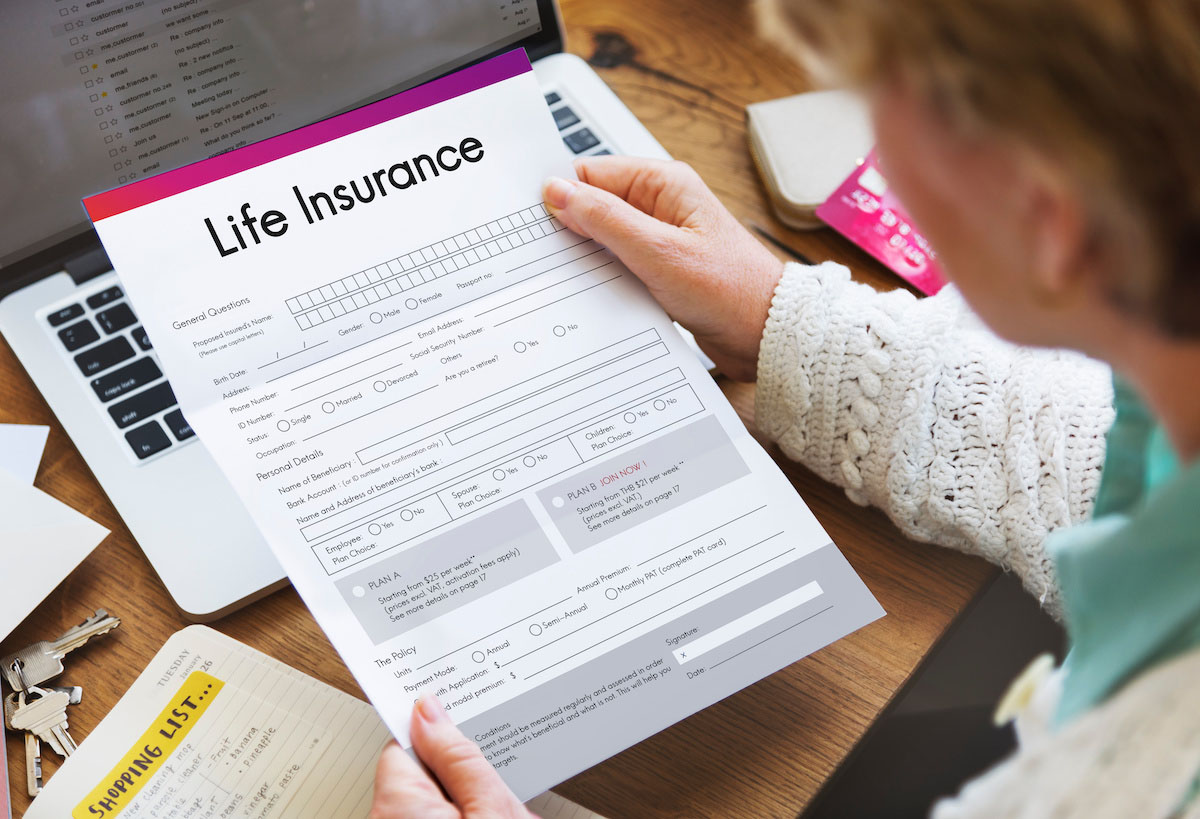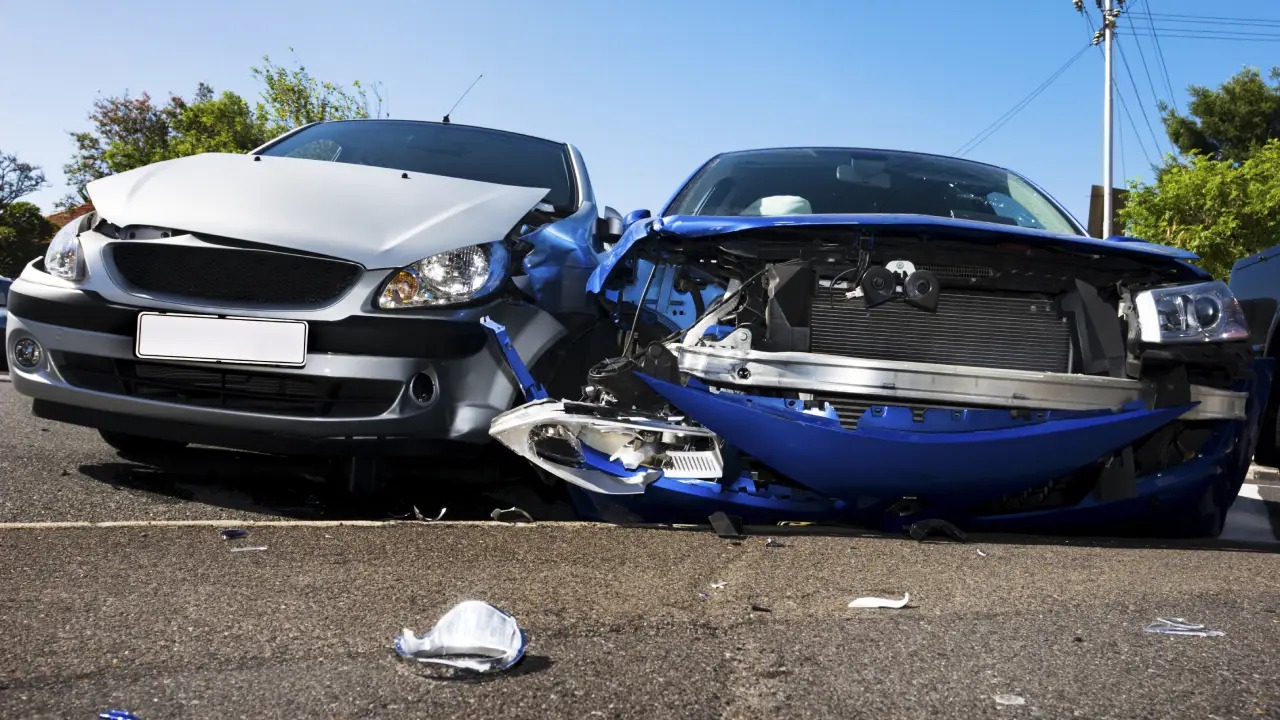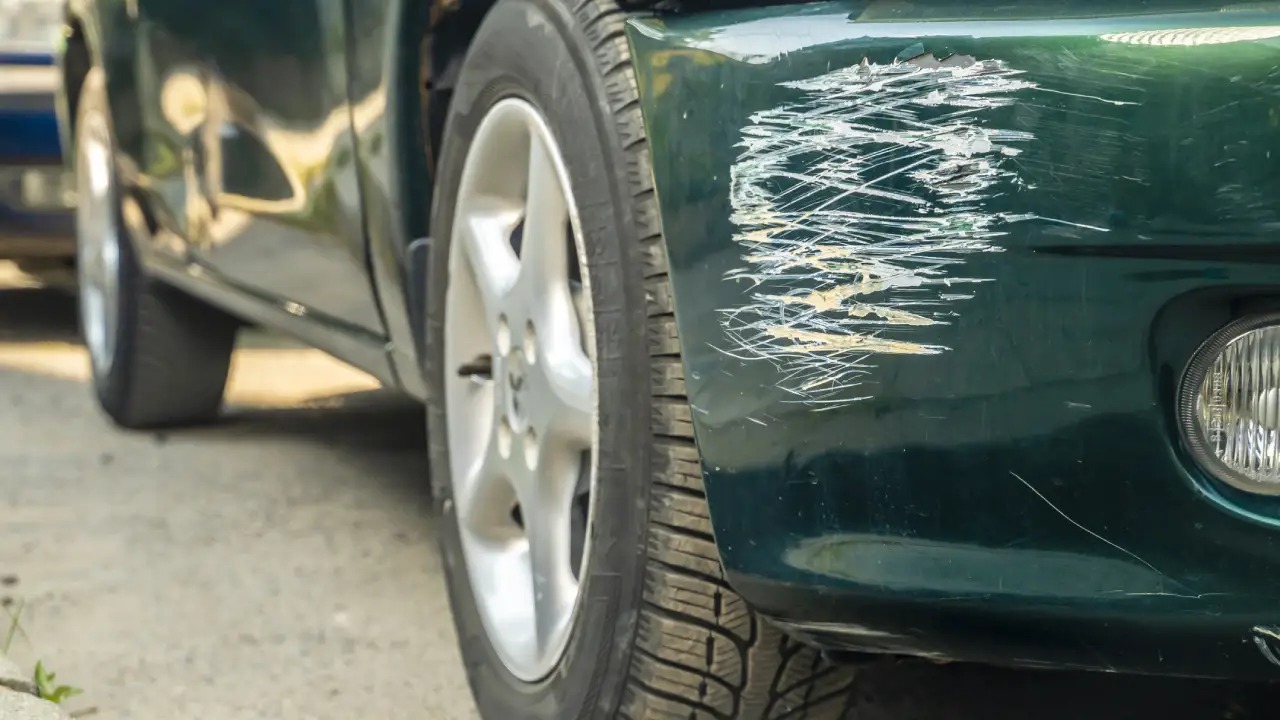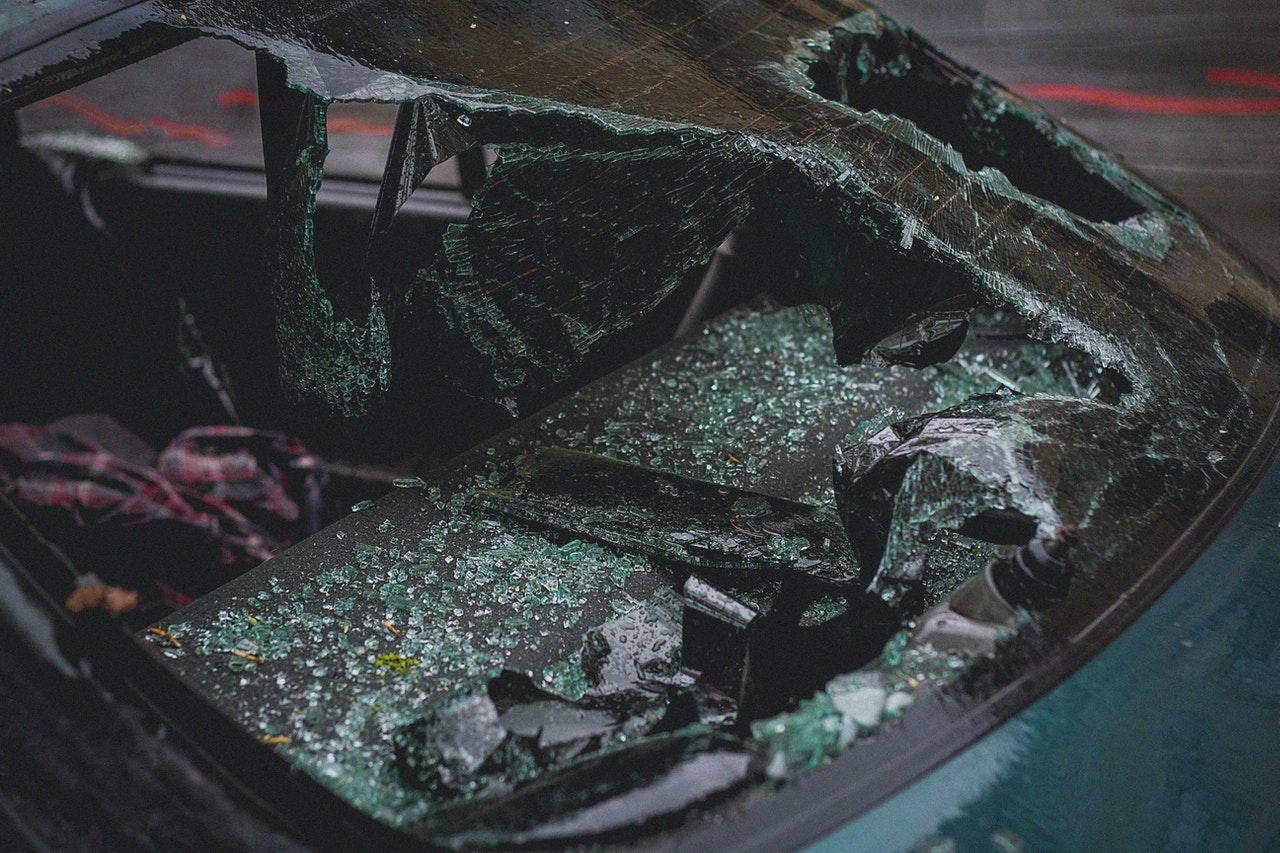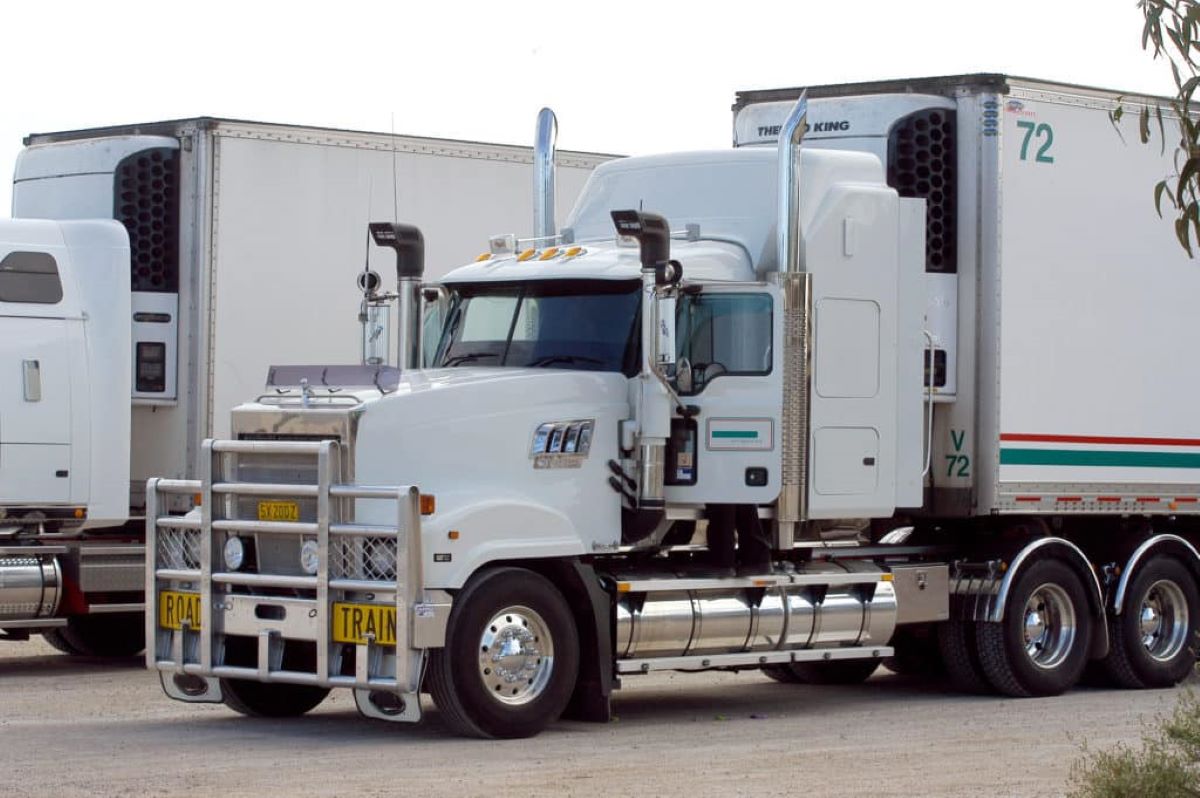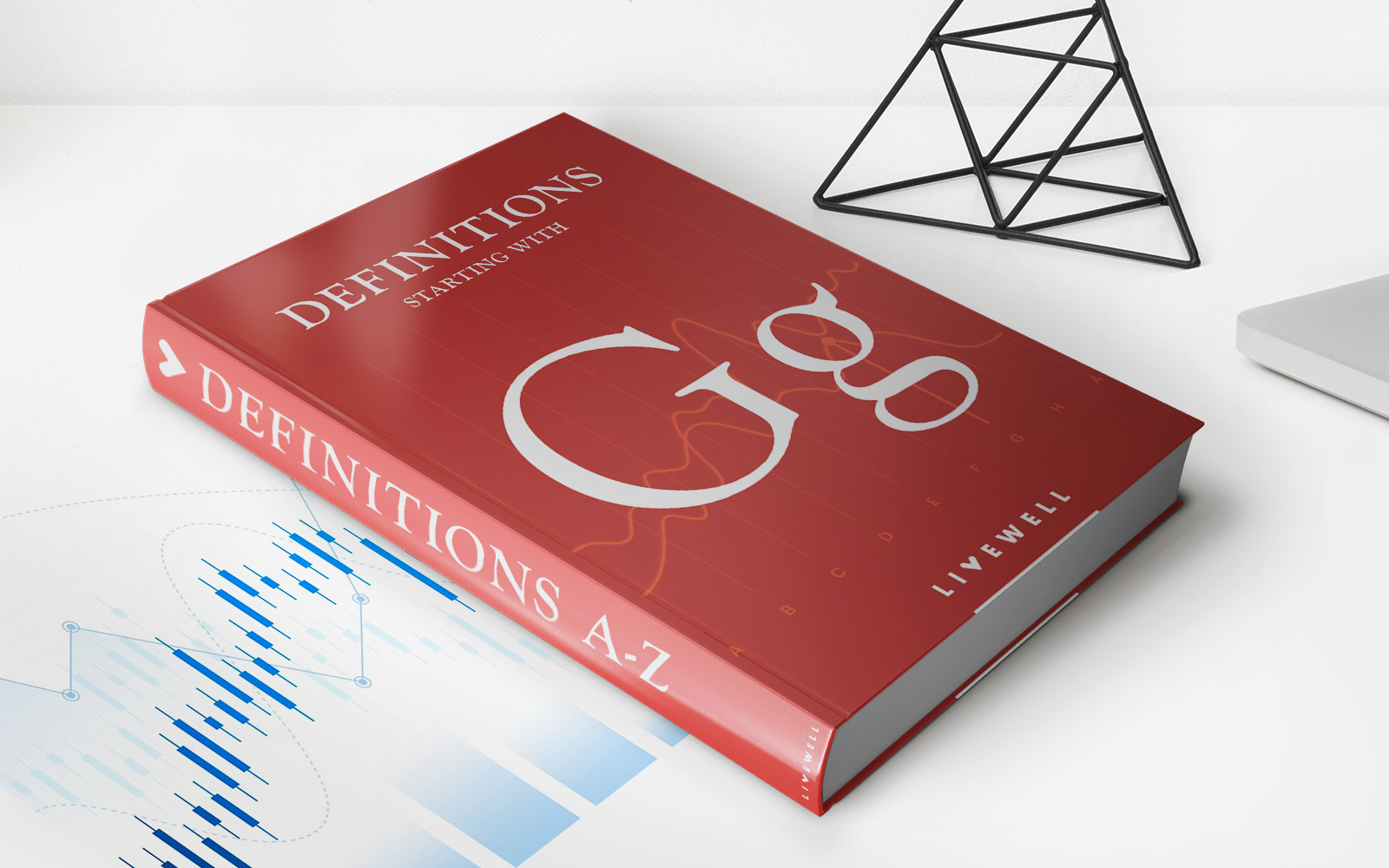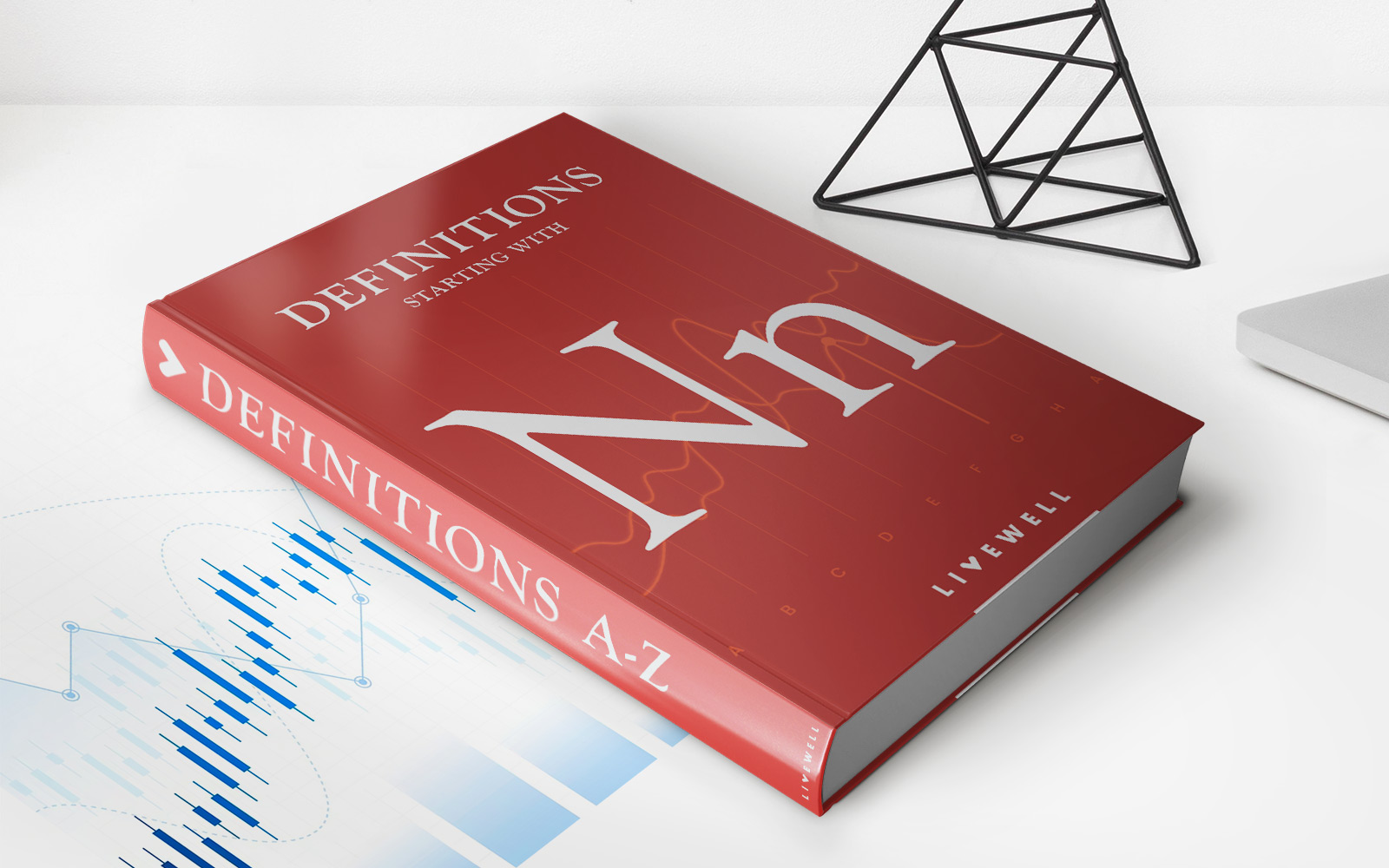

Finance
What Happens If You Don’t Have Home Insurance?
Published: November 17, 2023
Find out the potential financial repercussions of not having home insurance and learn why it's crucial to protect your investment and mitigate risks.
(Many of the links in this article redirect to a specific reviewed product. Your purchase of these products through affiliate links helps to generate commission for LiveWell, at no extra cost. Learn more)
Table of Contents
Introduction
Home insurance is an essential safeguard for homeowners, providing protection and peace of mind in the face of unexpected events. It offers financial coverage for various risks, such as damage caused by natural disasters, fire, theft, and liability claims. However, not all homeowners have insurance coverage, either due to financial constraints, negligence, or simple oversight.
In this article, we will explore the potential consequences and risks that homeowners may face if they do not have home insurance. Understanding these risks is crucial for homeowners to make informed decisions and mitigate potential financial setbacks.
While home insurance is not legally required in most places, it is highly recommended and often necessary to protect your most valuable asset – your home. Without adequate insurance coverage, homeowners may find themselves vulnerable to serious financial implications in the event of unforeseen circumstances.
In the following sections, we will discuss some of the risks and consequences that homeowners may face without home insurance, ranging from financial hardships to legal requirements and alternative options for protection. It is important to note that the specific risks and consequences can vary depending on factors such as location, property type, and individual circumstances.
Ultimately, the aim of this article is to highlight the importance of home insurance and encourage homeowners to consider obtaining adequate coverage to protect their homes and investments.
Understanding Home Insurance
Before delving into the potential risks of not having home insurance, it is crucial to understand what home insurance actually entails. Home insurance, also known as homeowner’s insurance, is a type of property insurance that provides financial protection for homeowners in the event of damage to their property or belongings.
A standard home insurance policy typically covers two main areas:
- Property coverage: This includes coverage for the physical structure of the home itself, as well as any detached structures on the property, such as garages or sheds. It also includes coverage for personal belongings, such as furniture, appliances, and electronics.
- Liability coverage: This provides protection in case someone is injured on your property and decides to sue you for damages. It can also cover legal expenses if you are found responsible for damage to someone else’s property.
There are different types of home insurance policies available, ranging from basic coverage that protects against standard risks like fire and theft, to more comprehensive policies that provide coverage for additional risks like natural disasters.
It is important to note that home insurance policies typically have limitations and exclusions. For example, certain natural disasters like earthquakes or floods may require additional insurance coverage. Homeowners should carefully review their insurance policies to understand what is covered and any limitations that may apply.
Insurance premiums for home insurance are generally determined by factors such as the value of the property, the location, the level of coverage needed, and the deductible chosen. Deductibles are the amount homeowners must pay out of pocket before the insurance coverage kicks in.
By having home insurance, homeowners can have peace of mind knowing that their property and belongings are protected against a wide range of risks. However, without this protection, homeowners may face significant financial challenges if their home is damaged or if they are held liable for an accident on their property.
Potential Risks Without Home Insurance
Choosing not to have home insurance exposes homeowners to a multitude of risks that can have severe financial consequences. Without insurance coverage, homeowners are left vulnerable to the following risks:
- Property Damage: One of the most significant risks of not having home insurance is the financial burden that comes with repairing or rebuilding a damaged home. Whether it’s due to a natural disaster, fire, or other unforeseen events, the cost of repairs or reconstruction can be overwhelming. Without insurance, homeowners are solely responsible for covering these expenses out of pocket.
- Theft or Vandalism: Without insurance, homeowners have no financial protection in the event of theft or vandalism. If valuable belongings are stolen or the property is damaged, recovering the loss can be challenging without insurance coverage to compensate for the losses.
- Personal Belongings: Home insurance not only covers the physical structure of the property but also the personal belongings inside. Without insurance, homeowners risk losing their belongings due to theft, fire, or other perils. The cost of replacing furniture, appliances, electronics, and other personal items can be prohibitively expensive without insurance coverage.
- Liability Claims: Homeowners can face significant liability risks if someone is injured on their property. Without insurance, they are personally liable for medical expenses, legal fees, and potential compensation to the injured party. A single accident or injury can lead to a substantial financial burden that can be difficult to recover from without insurance coverage.
- Loss of Valuable Possessions: Home insurance not only provides coverage for theft or damage to personal belongings but can also extend to valuable possessions such as jewelry, artwork, or collectibles. Without insurance, homeowners risk losing these valuable possessions without any means of compensation.
- Mortgage Lender Requirements: Many mortgage lenders require homeowners to have home insurance as a condition of obtaining a mortgage. If homeowners do not comply, they may be in breach of their mortgage agreement, leading to potential consequences such as increased interest rates, financial penalties, or even foreclosure.
It is important to recognize that the risks mentioned above are not exhaustive, and the specific risks can vary depending on location, local regulations, and individual circumstances. However, the potential financial hardships and liabilities associated with not having home insurance are significant and can have long-lasting effects on homeowners’ financial stability and peace of mind.
Financial Consequences
Not having home insurance can have dire financial consequences for homeowners. The financial burden of repairing or rebuilding a damaged home can be overwhelming, and without insurance coverage, homeowners are left to bear the full cost of these expenses.
In the event of a natural disaster, such as a hurricane, tornado, or earthquake, the damage to a home can be extensive. The cost of repairs or reconstruction can run into tens or even hundreds of thousands of dollars. Without insurance to cover these costs, homeowners may be forced to deplete their savings, take out high-interest loans, or borrow from family and friends to finance the repairs. This can lead to significant financial strain and potentially set homeowners back for years.
Add to that the cost of replacing personal belongings lost due to theft, fire, or other perils. Furniture, appliances, electronics, and other valuable possessions can quickly add up in terms of replacement expenses. Without insurance, homeowners may struggle to replace these items, leaving them without essential belongings and incurring even more financial hardship.
Moreover, when homeowners are held liable for injuries sustained by others on their property, the financial consequences can be staggering. Medical expenses, legal fees, and compensation for the injured party can quickly escalate, leaving homeowners financially devastated. Without insurance coverage to absorb these costs, homeowners may be forced to sell assets, declare bankruptcy, or face wage garnishment to satisfy these liabilities.
It’s not just the immediate financial consequences that homeowners need to consider. Without insurance, homeowners are at risk of facing long-term financial setbacks. The financial strain of unexpected expenses can lead to missed mortgage payments, damaged credit scores, and even potential foreclosure.
Having home insurance provides a safety net and protects homeowners from these financial risks. It ensures that they can recover and rebuild without facing insurmountable debt or losing everything they have worked so hard for.
Overall, the financial consequences of not having home insurance are substantial and can have long-lasting effects on homeowners’ financial stability and future prospects.
Liability Issues
Homeowners without insurance coverage are not only exposed to financial risks but also face potential liability issues. Liability refers to the legal responsibility a homeowner has for injuries or damages that occur on their property.
Accidents can happen at any time, and if someone is injured on your property, you could be held liable for their medical expenses, legal fees, and potential compensation. Without insurance coverage, homeowners are personally responsible for these costs, which can quickly escalate and cause financial devastation.
For example, if a visitor slips and falls on your property due to a hazardous condition, such as a wet floor or uneven pavement, they may decide to pursue legal action against you. The medical expenses alone can be substantial, not to mention the potential for compensation for pain and suffering, lost wages, and other damages.
Similarly, if your pet bites someone, you may be liable for their injuries and any resulting medical costs. Without insurance, these expenses can quickly add up, potentially leading to financial ruin.
Furthermore, liability coverage also protects homeowners in the event that they accidentally cause damage to someone else’s property. For example, if a fallen tree from your property damages a neighbor’s house, your insurance would typically cover the cost of repairs. Without insurance, you would be personally responsible for the costs of repairing the neighbor’s property.
It’s important to note that liability issues can extend beyond property damage and personal injuries. For example, if your child accidentally damages someone else’s property, such as breaking a window with a ball, your liability coverage may help cover the cost of repairs or replacements.
Having home insurance with liability coverage provides a layer of protection and peace of mind in case of unforeseen accidents or incidents. It helps ensure that homeowners are not burdened with exorbitant costs and potential legal consequences. Without this coverage, homeowners not only risk their financial stability but also expose themselves to significant liability issues that can have long-lasting effects.
Rebuilding and Replacement Costs
One of the key benefits of having home insurance is the coverage it provides for rebuilding and replacement costs. In the unfortunate event of a disaster or damage to your property, insurance helps mitigate the financial burden of repairing or rebuilding your home and replacing your belongings.
Without insurance, homeowners are solely responsible for covering the costs of rebuilding their damaged home. Rebuilding a home can be an expensive endeavor, involving costs such as materials, labor, permits, and architectural fees. The total cost can quickly escalate, depending on the extent of the damage and the size of the property.
Similarly, without insurance, homeowners are left to bear the full cost of replacing their personal belongings. Furniture, appliances, electronics, and other possessions can be costly to replace, especially all at once. The financial strain of replacing these items can be overwhelming, potentially leading to additional debt and financial hardship.
Insurance policies typically provide coverage for the estimated cost to rebuild the home based on the current market value. This includes not only the structure itself but also any additional structures on the property, such as garages or sheds. The coverage may also extend to cover the cost of alternative living arrangements if your home is uninhabitable during the rebuilding process.
When it comes to replacing personal belongings, insurance coverage helps offset the cost of purchasing new items. The insurance company will typically reimburse homeowners for the actual cash value (ACV) of the items at the time of the loss, or in some cases, the replacement cost value (RCV). The RCV provides coverage for the cost of purchasing a new item of similar quality and features.
Without insurance, homeowners may struggle to afford the costs associated with rebuilding and replacing their property and possessions. This can have severe financial implications, making it difficult to restore their lives to normalcy.
Having home insurance ensures that homeowners have the financial support needed to rebuild their homes and replace their possessions in the event of unforeseen damage or loss. It provides a crucial safety net, alleviating the stress and financial strain associated with rebuilding and replacing property.
Legal Requirements and Mortgage Lenders
In addition to the potential risks and financial consequences, not having home insurance can also have legal and practical implications. Many mortgage lenders require homeowners to have insurance coverage as a condition of obtaining a mortgage.
When you apply for a mortgage, the lender wants to ensure that their investment is protected. Since the home serves as collateral for the loan, the lender wants to be certain that if something happens to the property, there is insurance coverage to help cover the costs of repairs or rebuilding.
As such, mortgage lenders often include a provision in the loan agreement requiring homeowners to maintain adequate home insurance throughout the duration of the mortgage. Failure to comply with this requirement can have serious repercussions, including the potential for increased interest rates, financial penalties, or even foreclosure.
From the lender’s perspective, they want to ensure that their investment is protected in the event of a loss. They require homeowners to name them as a loss payee on the insurance policy, meaning that in the event of a claim, the insurance payment would be issued to both the homeowner and the lender. This provision ensures that the proceeds are used to repair or rebuild the property.
Additionally, insurance coverage is often required by homeowners’ associations (HOAs) in planned communities or condominium developments. HOAs typically have bylaws in place that require homeowners to maintain certain levels of insurance coverage to protect against potential risks, such as common area damage or liability claims.
Complying with the legal requirements set by mortgage lenders and HOAs is crucial for homeowners to avoid potential legal and financial consequences. It is essential to review the terms of the mortgage agreement and any HOA bylaws to understand the specific insurance requirements and ensure compliance.
Overall, not having home insurance can not only jeopardize your relationship with your mortgage lender but also put your homeownership at risk. Maintaining adequate insurance coverage not only protects your investment but also helps you meet the legal obligations set by mortgage lenders and HOAs.
Alternative Options for Protection
While home insurance offers comprehensive coverage and protection, there are alternative options for homeowners who are unable or choose not to obtain traditional home insurance. While these options may not provide the same level of coverage, they can still offer some form of protection against potential risks.
Self-Insurance: One alternative option for homeowners is self-insurance. This involves setting aside funds specifically for potential property repairs or replacements. However, self-insurance can be risky as it relies on homeowners having enough savings to cover unforeseen expenses. It may be suitable for homeowners who have substantial financial resources and are confident in their ability to handle unexpected costs.
Government Assistance Programs: In some regions, governments offer assistance programs to homeowners who are unable to obtain traditional home insurance due to high-risk locations or other reasons. These programs provide limited coverage for specific perils, such as natural disasters. While these programs can help mitigate some risks, homeowners should thoroughly understand the limitations and coverage provided by these programs.
Specialty Insurance Providers: Specialty insurance providers may offer coverage for specific risks or circumstances that traditional home insurance providers may not cover. These providers may cater to unique situations, such as homes in high-risk areas or homes with specific features. While these policies may come with higher premiums, they can offer the necessary protection for homeowners who have difficulties obtaining traditional coverage.
Home Warranty Plans: Home warranty plans are different from home insurance but can still provide some level of protection for homeowners. These plans typically cover the repair or replacement of major home systems and appliances, such as plumbing, electrical, heating, and cooling systems. However, it’s important to note that home warranty plans have limitations and exclusions, and they do not provide coverage for property damage or liability claims.
Risk Mitigation Strategies: Homeowners can also implement risk mitigation strategies to minimize the likelihood and severity of potential risks. This can include improving home security measures, maintaining the property adequately, and implementing safety measures. While risk mitigation cannot eliminate all risks, it can help reduce the likelihood of costly incidents and potentially lower insurance premiums if homeowners choose to obtain coverage in the future.
While these alternative options may offer some level of protection, it’s important to understand their limitations and carefully evaluate the associated risks. Traditional home insurance remains the most comprehensive and reliable means of protecting your home, belongings, and financial well-being.
Conclusion
Home insurance is a vital aspect of protecting one’s home, belongings, and financial stability. Choosing not to have home insurance exposes homeowners to a wide range of risks and potential financial consequences. Without insurance, homeowners face the burden of paying for property repairs, replacing personal belongings, and potentially dealing with liability claims out of pocket.
Furthermore, not having home insurance can have legal implications, as mortgage lenders often require homeowners to maintain insurance coverage as a condition of the loan. Failure to comply with this requirement can result in increased interest rates, financial penalties, or even foreclosure.
While there are alternative options for protection, such as self-insurance, government assistance programs, or specialty insurance providers, these may not offer the same comprehensive coverage as traditional home insurance. Implementing risk mitigation strategies and relying on these alternatives may provide some level of protection, but they do not fully protect homeowners from the potential financial and legal risks associated with not having insurance coverage.
In conclusion, obtaining home insurance is strongly recommended for homeowners. It provides the necessary financial protection against damage, theft, liability claims, and other unforeseen events that can significantly impact one’s financial stability and peace of mind.
By investing in home insurance, homeowners can safeguard their most valuable asset and ensure that they have the necessary resources to rebuild, replace belongings, and cover liability costs. It provides a safety net for navigating unexpected challenges and offers the assurance that their investment is protected.
Ultimately, the decision to have home insurance is a proactive and responsible choice that homeowners should make to safeguard their homes, their financial well-being, and their future.
